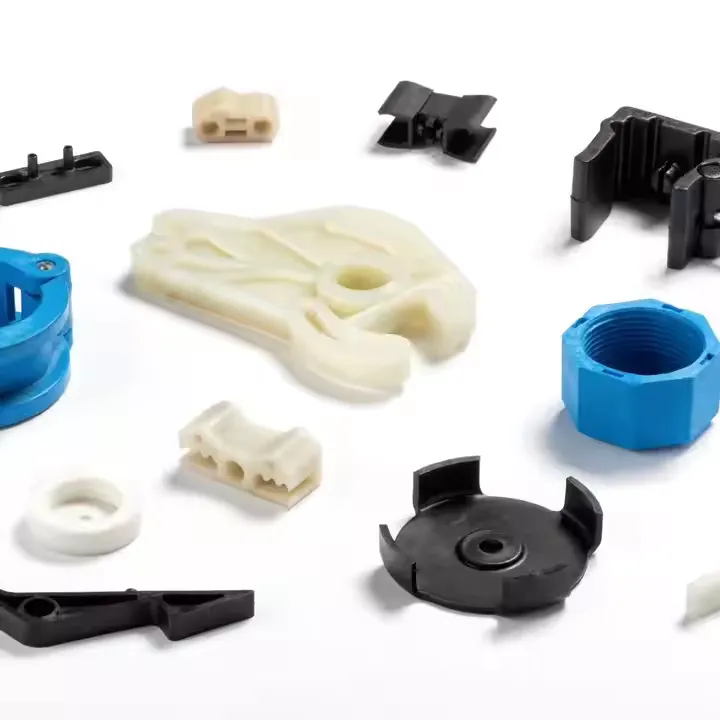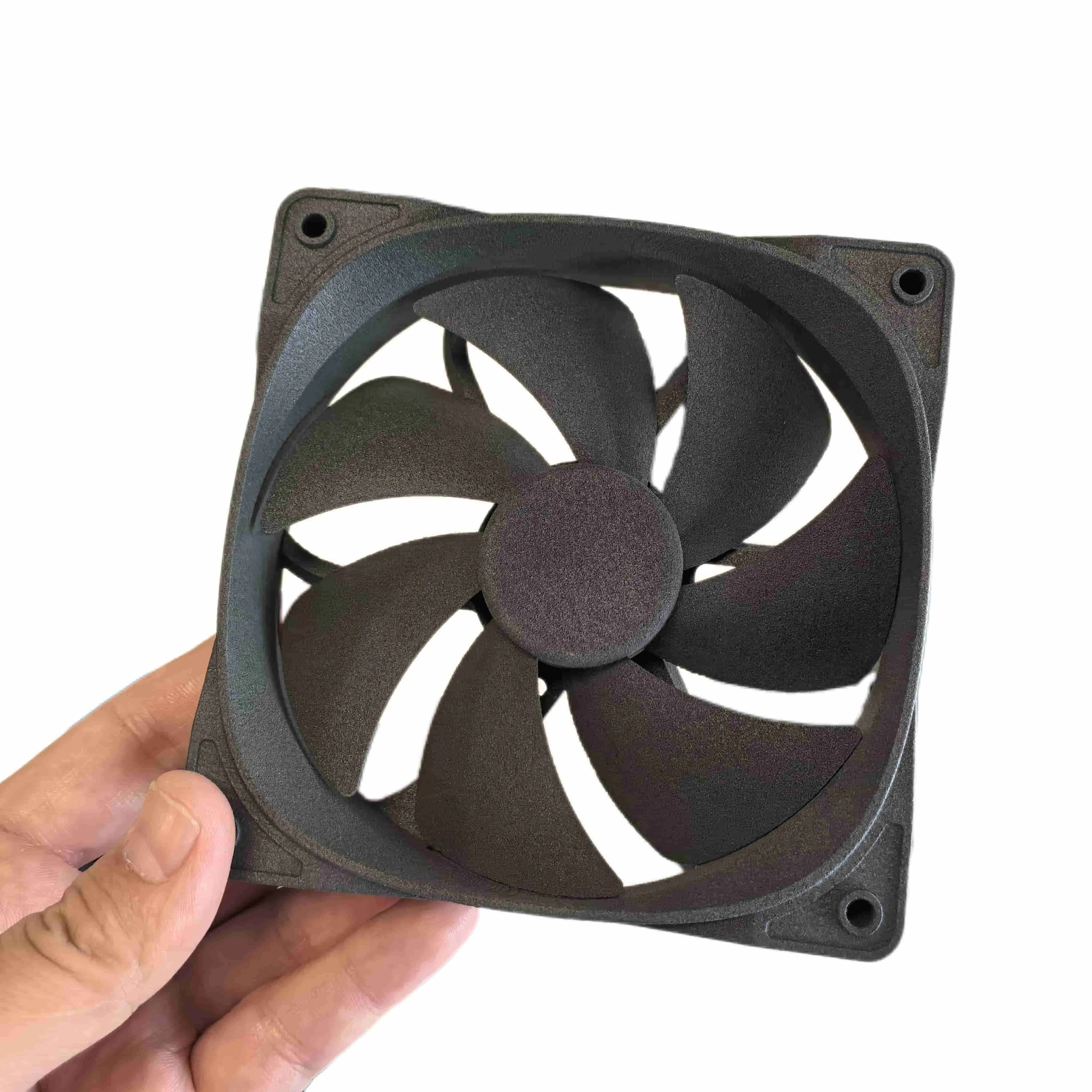Essential Quality Standards in Aerospace Additive Manufacturing
The aerospace industry demands the highest level of precision, reliability, and safety in manufacturing processes. When it comes to 3D printing aerospace certifications, manufacturers must adhere to stringent quality standards and regulatory requirements. These certifications ensure that components produced through additive manufacturing meet the exacting specifications required for flight-critical applications.
The integration of 3D printing in aerospace manufacturing has revolutionized how components are designed and produced. However, this technological advancement comes with the responsibility of maintaining strict quality control measures and obtaining proper certifications to ensure safety and reliability in aerospace applications.
Industry-Standard Quality Management Systems
AS9100D Certification Requirements
AS9100D represents the gold standard in aerospace quality management systems. This certification builds upon ISO 9001 requirements while adding specific criteria for aerospace manufacturing. For 3D printing aerospace certifications, AS9100D compliance demonstrates a manufacturer's ability to maintain consistent quality in additive manufacturing processes.
The certification covers crucial aspects such as risk management, configuration management, and product safety considerations. It requires documented procedures for process control, supplier management, and continuous improvement initiatives specific to aerospace manufacturing.
NADCAP Accreditation Process
The National Aerospace and Defense Contractors Accreditation Program (NADCAP) provides specialized certification for manufacturing processes, including additive manufacturing. This accreditation focuses on specific process requirements and technical competencies essential for aerospace applications.
NADCAP certification involves rigorous audits of manufacturing processes, equipment calibration procedures, and personnel qualifications. For 3D printing service providers, this certification validates their capability to produce aerospace-grade components consistently and reliably.
Material and Process Qualifications
Material Certification Standards
Aerospace-grade materials used in 3D printing must meet strict certification requirements. These standards ensure the consistency and reliability of raw materials used in the manufacturing process. Material certifications typically include detailed chemical composition analysis, mechanical properties verification, and batch traceability documentation.
Manufacturers must maintain comprehensive records of material testing and validation processes. This includes documentation of powder characteristics for metal 3D printing, thermal properties, and mechanical behavior under various environmental conditions.
Process Parameter Validation
Process validation is a critical aspect of 3D printing aerospace certifications. This involves establishing and documenting the optimal parameters for each specific application and material combination. Manufacturers must demonstrate the repeatability and reliability of their printing processes through extensive testing and validation procedures.
The validation process includes thermal analysis, mechanical testing of printed specimens, and detailed documentation of process controls. These parameters must be consistently maintained and monitored throughout production runs to ensure component quality.

Equipment and Facility Requirements
Machine Calibration Standards
3D printing equipment used in aerospace applications must undergo regular calibration and certification. This ensures the accuracy and reliability of the printing process. Manufacturers must maintain detailed records of equipment maintenance, calibration procedures, and performance validation.
Calibration requirements extend to all measurement and testing equipment used in the manufacturing process. This includes dimensional inspection tools, material testing equipment, and environmental monitoring systems.
Environmental Control Specifications
Facility certification requirements include strict environmental control specifications. Temperature, humidity, and air quality must be maintained within specified ranges to ensure optimal printing conditions. These environmental parameters directly impact the quality and consistency of printed components.
Clean room certifications may be required for certain aerospace applications, particularly those involving critical components. Manufacturers must demonstrate their ability to maintain appropriate environmental conditions throughout the production process.
Quality Control and Testing Protocols
Non-Destructive Testing Certifications
Personnel performing non-destructive testing (NDT) on 3D printed aerospace components must hold appropriate certifications. These typically include Level II or III certifications in various NDT methods such as radiographic testing, ultrasonic inspection, and computed tomography scanning.
The certification requirements ensure that inspection personnel have the necessary skills and knowledge to detect and evaluate potential defects in printed components. Regular recertification and continuing education are essential components of maintaining these qualifications.
Statistical Process Control Implementation
Manufacturers must implement certified statistical process control (SPC) systems to monitor and maintain product quality. This includes establishing control limits, monitoring key process indicators, and implementing corrective actions when necessary.
SPC certification demonstrates a manufacturer's ability to identify and address process variations before they impact product quality. This proactive approach is essential for maintaining consistent quality in aerospace applications.
Frequently Asked Questions
How often must aerospace 3D printing certifications be renewed?
Most aerospace certifications require annual audits and renewal processes. AS9100D certification typically follows a three-year cycle with surveillance audits conducted annually. NADCAP accreditation requires revalidation every 12 months, with the possibility of extended intervals based on performance history.
What role does operator certification play in aerospace 3D printing?
Operator certification is crucial for aerospace 3D printing operations. Personnel must complete specialized training programs and maintain certifications specific to the equipment and processes they operate. This includes understanding quality management systems, material handling procedures, and process control requirements.
How do material certifications differ for metal versus polymer 3D printing in aerospace?
Metal 3D printing typically requires more stringent material certifications due to the critical nature of metallic components in aerospace applications. These certifications include detailed powder characterization, chemical composition analysis, and mechanical property validation. Polymer certifications focus on thermal properties, environmental stability, and flame-retardant characteristics where applicable.
What documentation is required for maintaining aerospace 3D printing certifications?
Comprehensive documentation is essential for maintaining aerospace certifications. This includes process validation records, equipment maintenance logs, material traceability documents, operator training records, and quality control data. All documentation must be maintained according to specified retention periods and be readily available for audit purposes.
Table of Contents
- Essential Quality Standards in Aerospace Additive Manufacturing
- Industry-Standard Quality Management Systems
- Material and Process Qualifications
- Equipment and Facility Requirements
- Quality Control and Testing Protocols
-
Frequently Asked Questions
- How often must aerospace 3D printing certifications be renewed?
- What role does operator certification play in aerospace 3D printing?
- How do material certifications differ for metal versus polymer 3D printing in aerospace?
- What documentation is required for maintaining aerospace 3D printing certifications?

